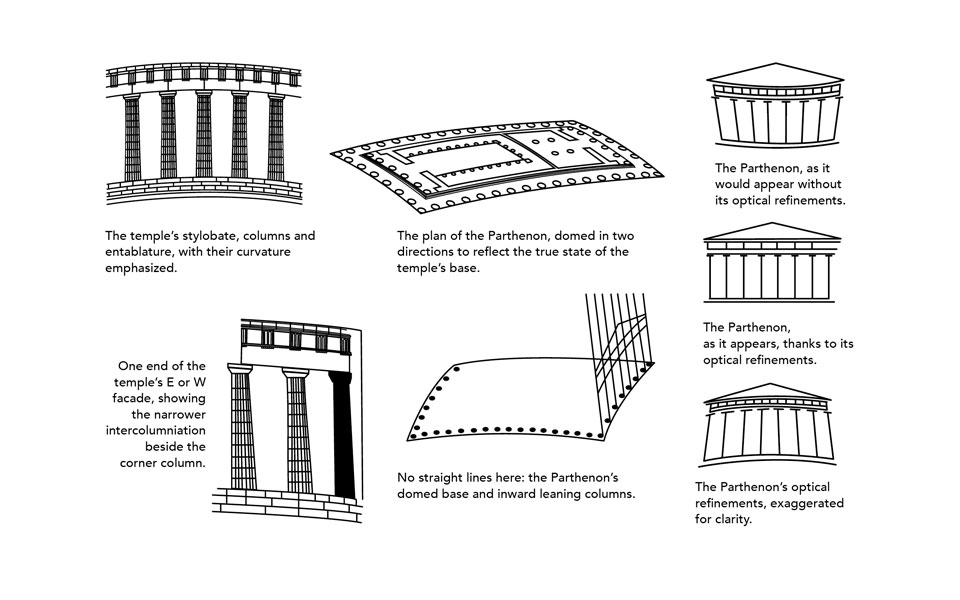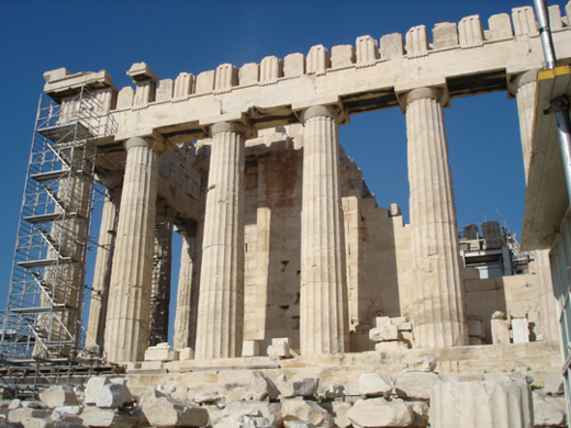Parthenon Roof Angle

Parthenon roof design cross gabled roof.
Parthenon roof angle. The parthenon at this stage was presented to the processioner at an alignment whereby both sides appeared to be of equal length due to the oblique angle of the long side in relation to that the shorter. Antefixes without making the inconvenient angle as in penrose s restoration fig. The parthenon is regarded as the finest example of greek architecture. The parthenon in athens built by the ancient greeks from 447 to 438 bc is regarded by many to illustrate the application of the golden ratio in design.
This type of parthenon roof design is typically seen in structures with an extra intricate format as an example houses with an affixed garage. The temple is generally considered to be the culmination of the development of the doric architectural order. It was built in the mid 5th century bce and dedicated to the greek goddess athena parthenos. Others however debate this and say that the golden ratio was not used in its design.
The parthenon had 46 outer columns and 23 inner columns in total each column having 20 flutes. The numbers six and ten vitruvius said are the best numbers to use because they are related to most other numbers. To someone standing at this distance the roof eave will appear the same distance away as the base of the column. Therefore the pitch of the roof should match the pitch of the pediment 3 4 14 4 reduced to lowest terms 1 7 7 2 which equals a slope of 23 611 or an inclination angle of 13 28481 degrees.
The parthenon has columns of 10 45m height and the overhang is less than 1m. Parthenon temple that dominates the acropolis at athens. It also creates an angle of ten degrees. Because the parthenon had few straight lines and right angles its designers and builders had to hand craft each individual piece among a total of over 70 000 architectural members so as to fit them into their own specific place within the temple s structure.














































